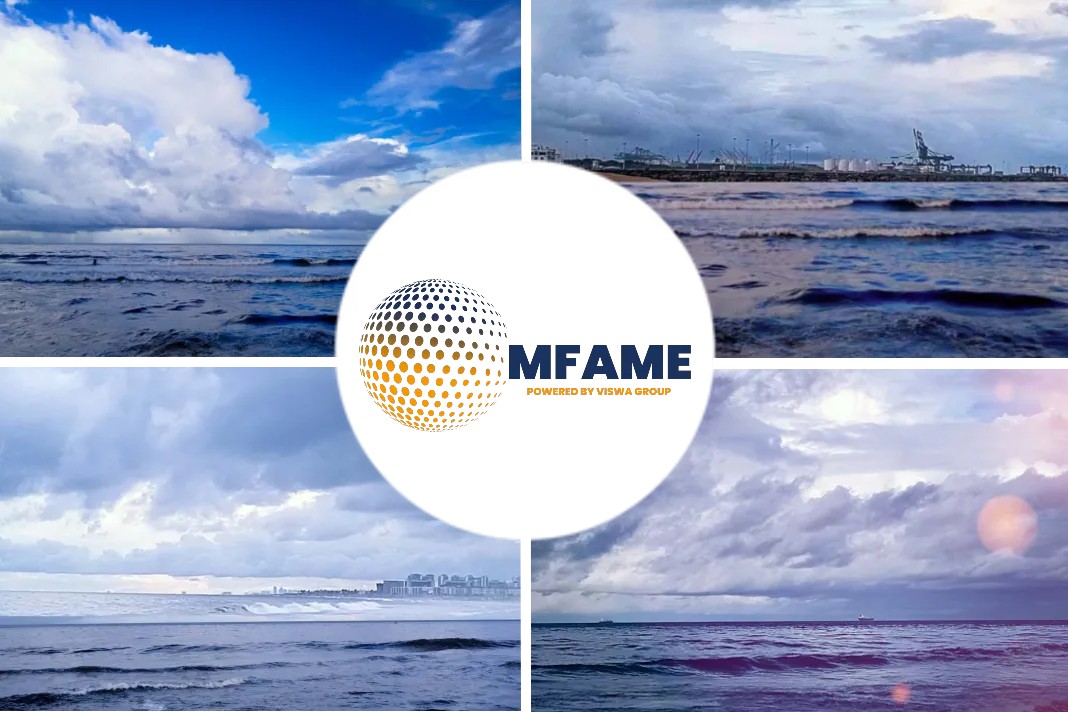- German vessel operator Hapag-Lloyd is converting a former UASC ship, the 15,000TEU Sajir, to operate on LNG fuel.
- A floating crane came to aid in lifting the fuel tank into the ship’s hull.
- Plans call for Sajir to complete its conversion phase and initial test voyages in early 2021 before being redeployed in the Asia-North Europe trade lane.
German shipping line Hapag-Lloyd marked a milestone in the conversion of Sajir to an LNG-fuelled vessel, when a fuel tank was lifted by a floating crane into the 15,00-TEU container ship’s hull, reports Riviera Maritime Media.
Construction of LNG-fuelled vessel
Preparations at HuaRun DaDong Dockyard in Shanghai for the installation of the 1,300-tonne fuel tank into the ship’s hold had been underway for three weeks. The tank will now be welded to the hold in the weeks ahead.
While this is happening, the main engine and the auxiliary diesel engines will be converted to dual-fuel operation for LNG and very low-sulphur fuel oil (VLSFO).
- The process of retrofitting Sajir for LNG propulsion began on 2 September at the shipyard.
- This is the largest container ship yet to be converted to LNG, demonstrating the maturing infrastructure and growing commercial viability of the fuel.
Promising alternative fuel
Plans call for Sajir to complete its conversion phase and initial test voyages in early 2021 before being redeployed in the Asia-North Europe trade lane.
- The conversion is not inexpensive, with a price tag of US$35M, but it is a key element of Hapag-Lloyd’s sustainability strategy.
- Using LNG has the potential to reduce CO2 emissions by 15-30% and sulphur dioxide and particulate matter emissions by more than 90%.
Hapag-Lloyd fleet managing director Richard von Berlepsch said, “With this unique pilot project, we hope to learn for the future and to pave the way for large ships to be retrofitted to use this promising alternative fuel.”
“However, our long-term goal continues to be CO2-neutral shipping operations using synthetic natural gas (SNG),” he added.
Did you subscribe to our daily newsletter?
It’s Free! Click here to Subscribe!
Source: Riviera Maritime Media

















